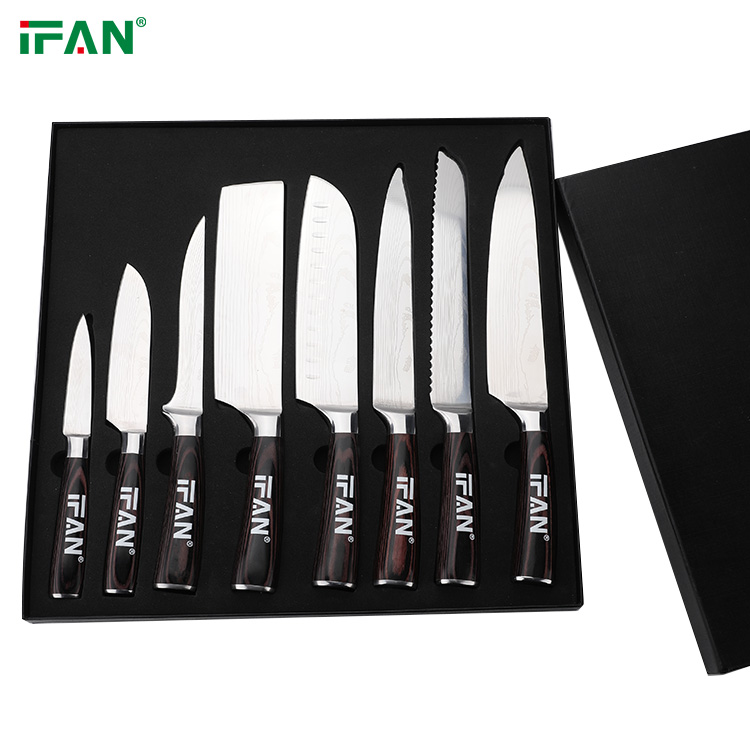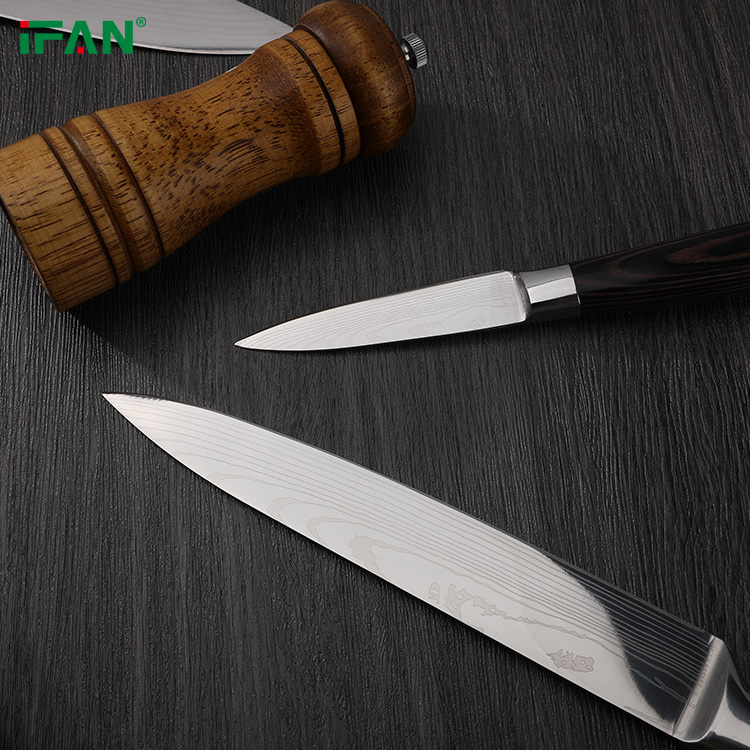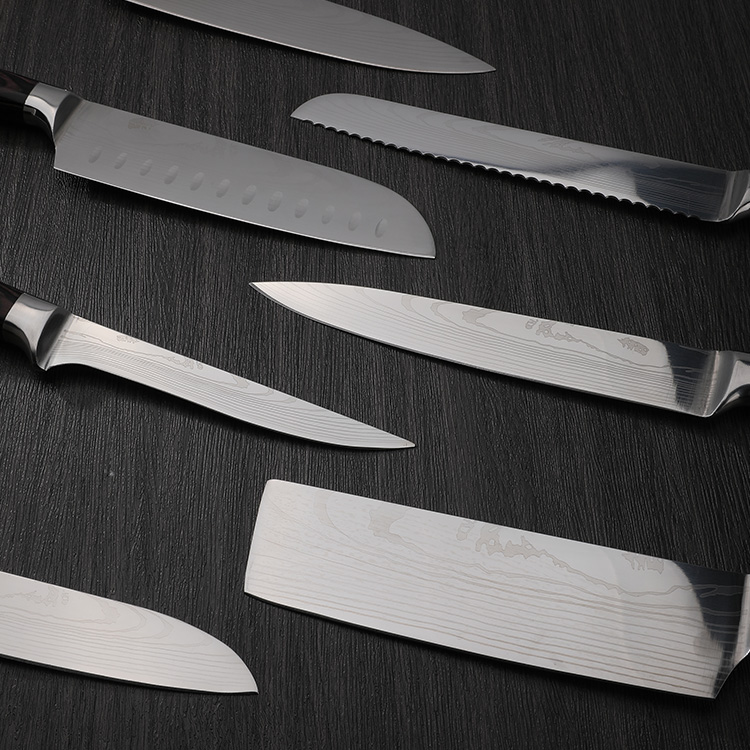Damascus steel, renowned for its legendary strength, exceptional sharpness, and exquisite patterns, is indeed a rare and highly coveted material. Its scarcity can be attributed to several factors, ranging from the historical production methods to the unique composition of the steel itself. Let’s delve deeper into the reasons why Damascus steel remains a rare and prized material:
Historical Context

- Lost Techniques: One of the primary reasons for the rarity of Damascus steel is the loss of the original production techniques. The art of making authentic Damascus steel was developed in ancient times, primarily in the Middle East. However, the exact methods used by master blacksmiths to create these legendary blades were closely guarded secrets, often passed down through generations within specific families or communities. Over time, as civilizations rose and fell, wars were waged, and knowledge was lost, the original techniques for producing Damascus steel were forgotten.
- Decline in Production: With the decline of the Damascus steel industry in the Middle East during the 18th century, the production of authentic Damascus steel virtually ceased. Factors such as changes in warfare, advances in metallurgy, and the rise of industrialization contributed to the decline of traditional craftsmanship. As a result, the knowledge and skills required to produce authentic Damascus steel were gradually lost, leading to its rarity.
Unique Composition

- Complex Alloying: Authentic Damascus steel is renowned for its unique composition, characterized by the presence of carbon nanotubes and other nanostructures within the steel matrix. These nanostructures contribute to the exceptional strength, flexibility, and sharpness of Damascus blades. However, achieving the precise composition and microstructure of traditional Damascus steel requires sophisticated metallurgical knowledge and precise control over the forging and heat-treating processes. This level of craftsmanship is rare and difficult to replicate, further contributing to the scarcity of genuine Damascus steel.
- Source Materials: Another factor contributing to the rarity of Damascus steel is the availability of suitable source materials. Traditional Damascus steel was forged from a combination of high-carbon steel and iron, often sourced from specific regions known for their quality ores and alloys. As the demand for Damascus steel grew and the availability of these source materials declined, it became increasingly challenging to obtain the raw materials necessary for producing authentic Damascus blades.
Modern Reproduction

- Challenges in Replication: While modern techniques and materials have been developed to replicate the appearance of Damascus steel, these reproductions often lack the unique properties and characteristics of traditional Damascus blades. Modern Damascus-style knives are typically made using pattern welding or layering different types of steel to create visually appealing patterns on the blade. While these knives may closely resemble authentic Damascus steel in appearance, they often lack the nanostructures and metallurgical complexity that contribute to the exceptional performance of traditional Damascus blades.
In conclusion, the rarity of Damascus steel can be attributed to a combination of historical factors, unique composition, and challenges in reproduction. As a result, authentic Damascus steel remains a prized material, cherished for its legendary strength, exceptional sharpness, and timeless beauty. While modern techniques may replicate the appearance of Damascus steel to some extent, the true artistry and craftsmanship of traditional Damascus blades remain elusive, ensuring that genuine Damascus steel remains a rare and revered material in the world of metallurgy and craftsmanship.

